6 Myths About Radiators
For many years, radiators ruled the roost as the go-to choice when picking emitters for a central heating system – whether on a self-build project, renovation or extension.
These days, there’s some strong competition in the form of underfloor heating; not to mention a lingering feeling that radiators belong in draughty old houses. So can this emitter be a stylish and energy-efficient choice? Here’s what lies behind the myths.
MYTH 1: Radiators should be positioned beneath windows
Radiators have traditionally been placed in a room’s coldest spots – usually near windows – to help counteract chilly drafts, thus establishing an even temperature across the whole zone. However, in well-insulated, airtight modern builds with double-glazing, this is no longer such a priority.
When you’re planning the position of each emitter, bear in mind that it will need good airflow to function efficiently. As such, try not to block its output of warmth by placing it behind furniture or heavy curtains.
“Any improvements that limit the amount of heat loss in the room are worthwhile. Filling the gaps around the fenestration will help the system perform more efficiently,” advises Nick Duggan, director of The Radiator Centre.
MYTH 2: Radiators take up valuable wall space
Far from cluttering a property’s minimal decor scheme and hogging precious wall space, a well-thought out radiator scheme can boost a home’s visual appeal significantly. Modern units are available in an array of colours, shapes, sizes and materials. For example, a striking stainless steel unit with a sculptural design can double up as an eye-catching aesthetic focal point.
If your home is restricted in terms of the room available, tall and slim vertical models can be fitted to make best use of the space. It’s worth investing time at the planning stages to find a product that really suits your interior design.
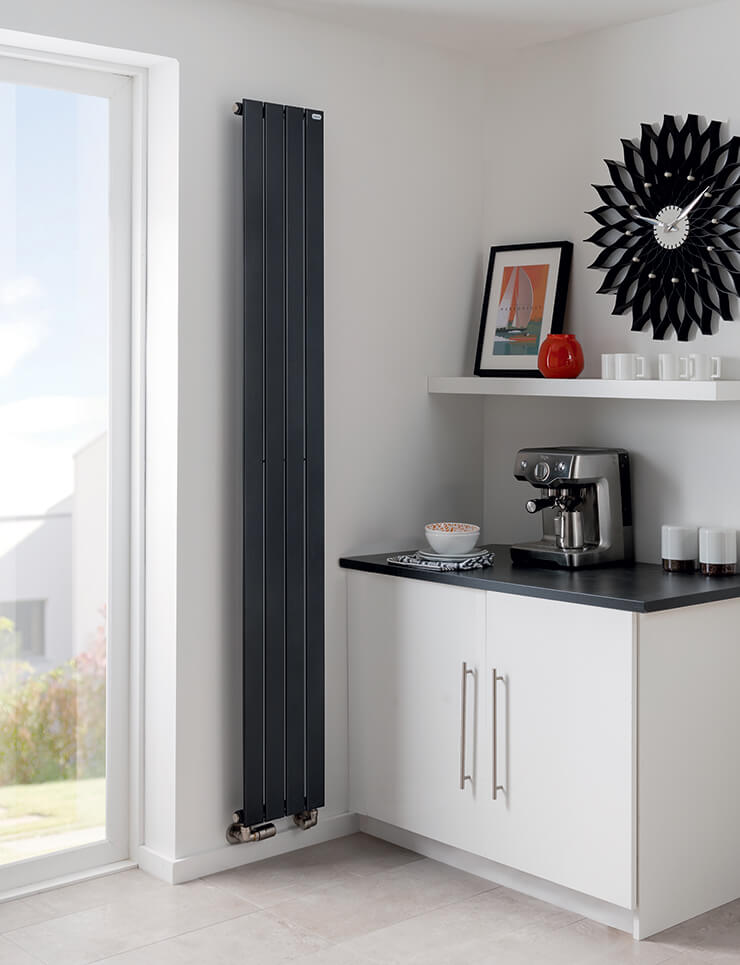
The Water Lily Single model, featured here in matt grey, costs £590 from The Radiator Company. This slim, stylish emitter takes up minimal wall space in this home’s kitc
MYTH 3: There isn’t much choice when it comes to material
Modern radiators are fabricated in a growing range of materials, providing homeowners with a greater range of choice than ever before. The most common metals are cast iron, mild steel and aluminium, but glass and even plastic are now being used more widely by manufacturers.
Cast iron offers a traditional look, and tends to hold onto heat better than other metals so that the radiator remains warm even after the central heating is switched off. “Stainless steel has an attractive, contemporary finish and is easy to keep clean. It’s also an effective heat conductor and retains warmth longer than aluminium items,” says Nick.
Alternatively, units made from the latter hold a lower volume of water to provide the required heat output, and therefore heat up more quickly.
MYTH 4: These emitters work via radiant heat
Despite what the name suggests, radiators only provide about 20% of their warmth via radiant heat. Most modern models feature two panels, which are encased by a top grille and side covers. Convector fins are positioned between the two layers to boost the airflow, allowing the unit to deliver more heat.
“The majority of the warmth produced by these emitters is convected heat,” explains Chris Harvey from Stelrad. “Cooler air is drawn up into the unit, through the panels. It is warmed as it moves, and then it travels out into the room to heat the space.”
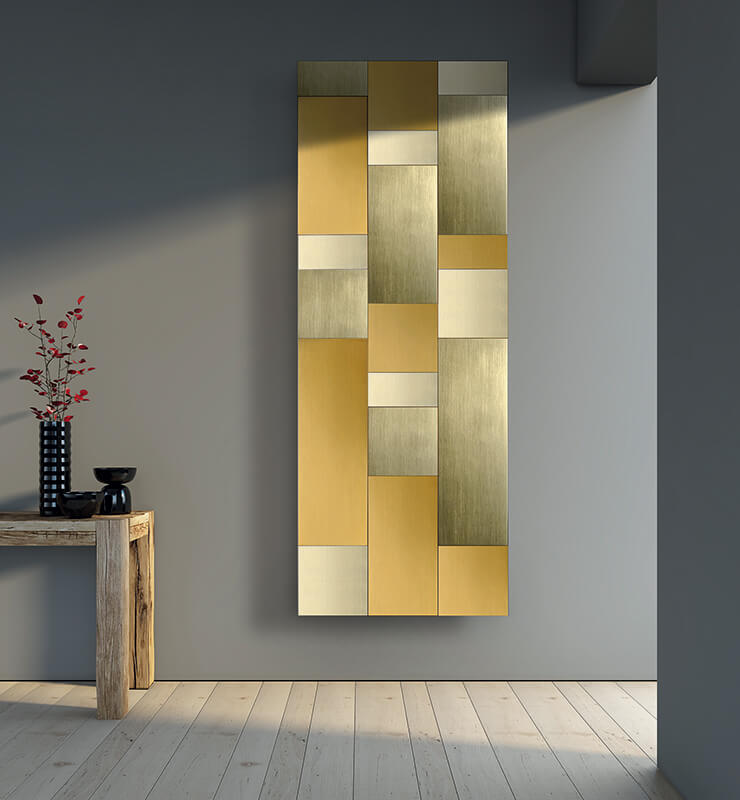
This striking heat emitter, £1,888 from The Radiator Centre, doubles up as an attractive decorative focal point
MYTH 5: Radiators can’t be powered by sustainable energy sources
Renewable heating setups tend to operate at lower temperatures than conventional boiler-fed systems. As a result, emitters that also work at lower heats – such as underfloor arrangements – are often considered to be the best match for this kind of scheme. However, this doesn’t mean radiators have to be ruled out entirely.
“They will work alongside renewable tech, but they need to be sized correctly. Essentially, the metallic surface area of the unit will need to be greater,” says Chris. “This can be achieved by the use of two or even three panel and fin radiators to increase the total surface area of the metal, without increasing the radiator’s footprint. You could also specify a vertical model that takes up the same horizontal wall space but provides the necessary surface area lengthways.”
| Quick guide: Heat output |
| Numerous factors have a part to play in determining the heat output your radiators will need to deliver, including the size of the zone, its orientation, how the property has been constructed and the number of windows and doors.
“Put simply, the volume of the room multiplied by six will roughly give you the heat output required in British Thermal Units, which measure how much energy it takes to heat water,” says Nick. Once you have this figure, you can work out the size and number of radiators that will be required. Often, a professional heating engineer is best-placed to make these calculations on your behalf, but there are plenty of online tools that can be used if you want to do it yourself. |
MYTH 6 Radiators aren’t effective when used in tandem with other kinds of heat emitter
Homeowners looking to create a bespoke heating setup that complements their lifestyle will often combine radiators with other sources of warmth, such as underfloor heating (UFH). While UFH delivers a comfortable, ambient heat, a conventional radiator arrangement is actually quicker to respond when turned on or up − so it will deliver short bursts of heat more effectively.
This is ideal for areas of the home that you may want to warm for short periods only, such as bedrooms and bathrooms. “For dwellings where the heating is only on for a short amount of time in the morning and evening, radiators can prove a more efficient and effective option,” says Nick.
Image (top): MHS Radiators
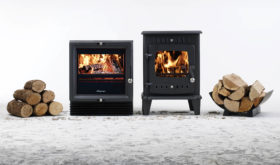
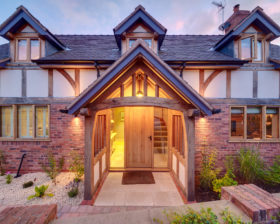



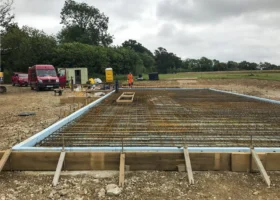


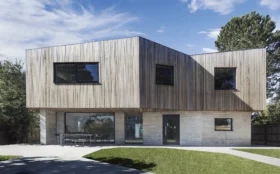





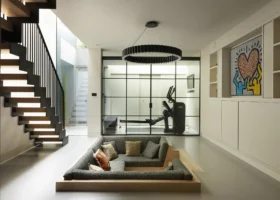
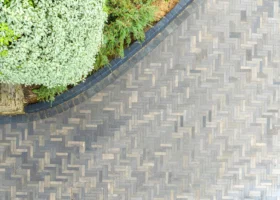












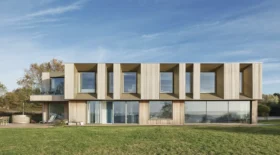

















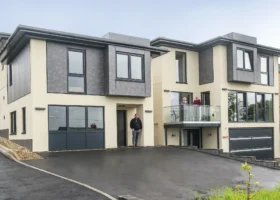












































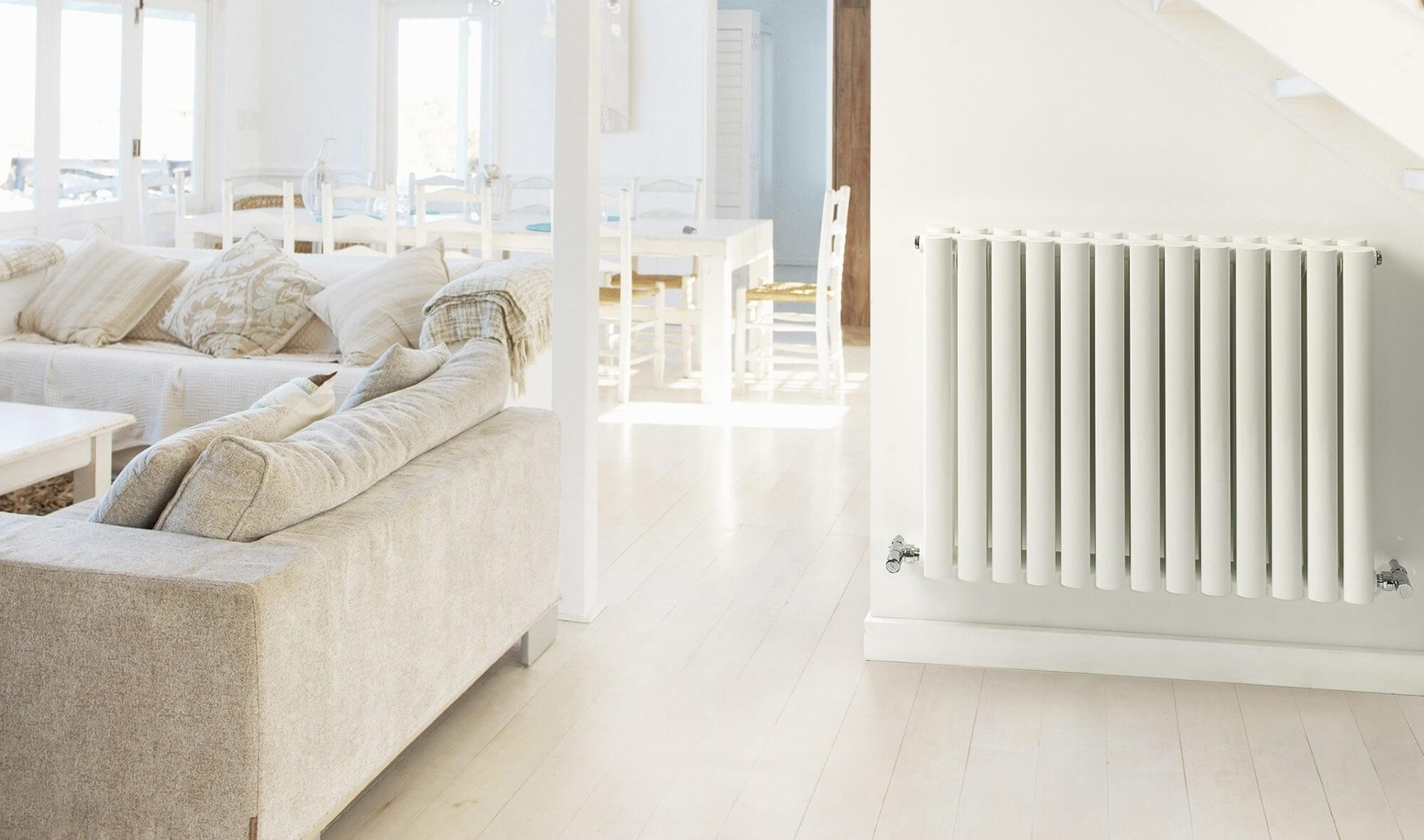
 Login/register to save Article for later
Login/register to save Article for later

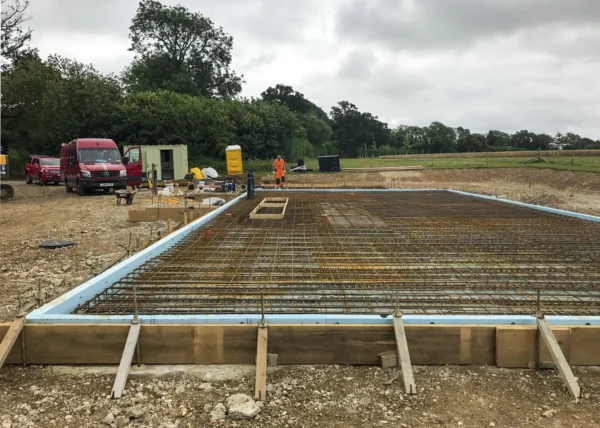
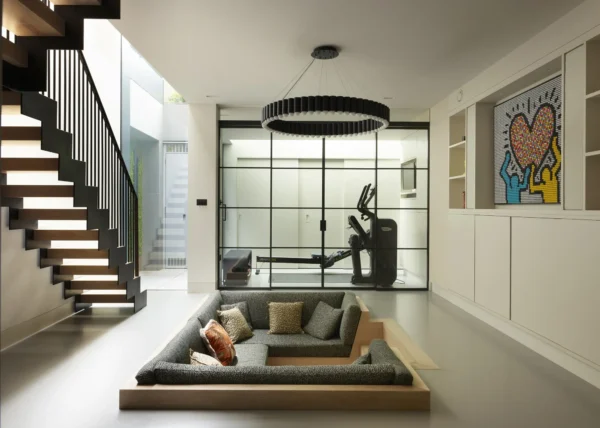
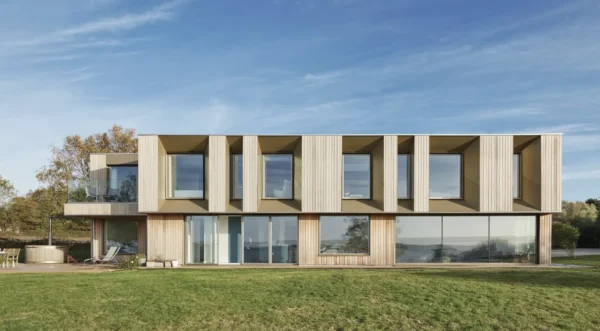
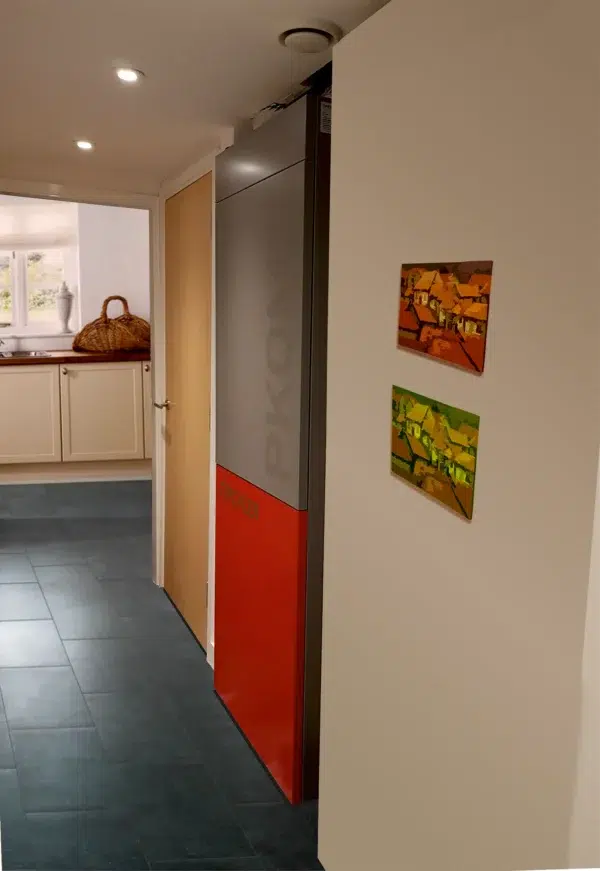
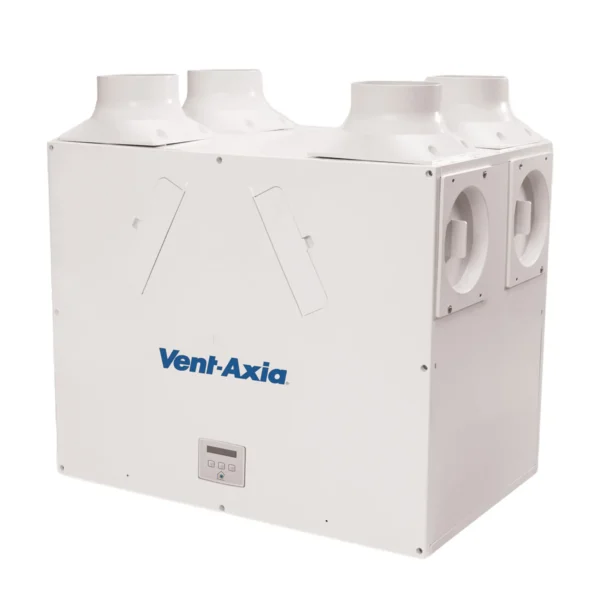
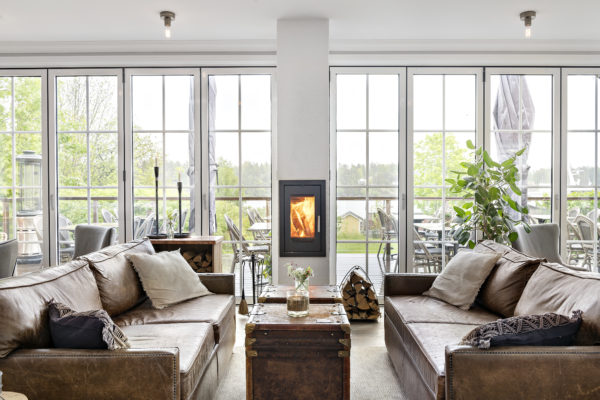
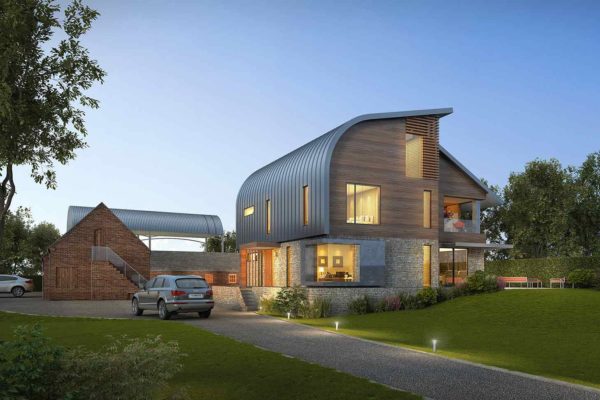




Comments are closed.